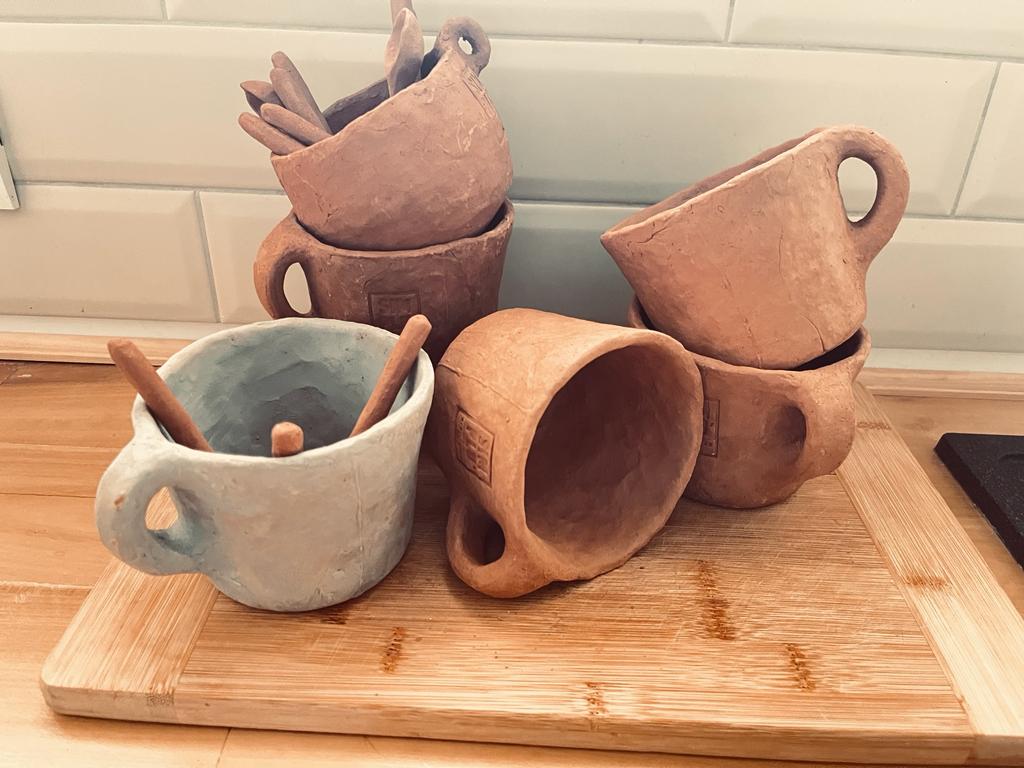Time that shapes
Clay has its own breath. When taken from the earth, it seems inert, but in the hands of the one who shapes it, it comes alive. It is soft, fragile, receptive to every touch. Any haste, any extra pressure can break the balance.
That's why pottery isn't made in a hurry. It takes time — time to be kneaded, time to take shape, time to rest. The clay needs to breathe, to dry gradually, to find its stability before entering the fire.
The Art of Patience
In the workshop, patience becomes a tool as important as the hands. The process is slow, but it is precisely this slowness that gives it beauty. Each stage is a lesson in waiting : between molding and firing, between the first and second phases of the fire, between applying the glaze and the moment when the piece reveals its final colors.
The artist knows that he cannot force anything. Clay does not forgive haste, and the fire reveals every step taken with too much impatience. In a world that seeks speed, ceramics remains an art of slowing down, a space where time takes on another dimension.
The Natural Beauty of Waiting
Each SIMPLU Ceramics object carries the marks of this patience . It hides hours, days, and even weeks of waiting. But it is precisely this waiting that gives it soul.
When you hold a cup or a bowl in your hands, you receive more than just an object: you receive a lesson about the natural rhythm of things . Clay breathes slowly, and in its breath we find our own tranquility.
Ultimately, perhaps this is the true gift of ceramics: to remind us that truly beautiful things are born from patience and time .



Share:
The alchemy of fire: the story of firing in ceramics
The uniqueness of imperfections: the beauty of authenticity